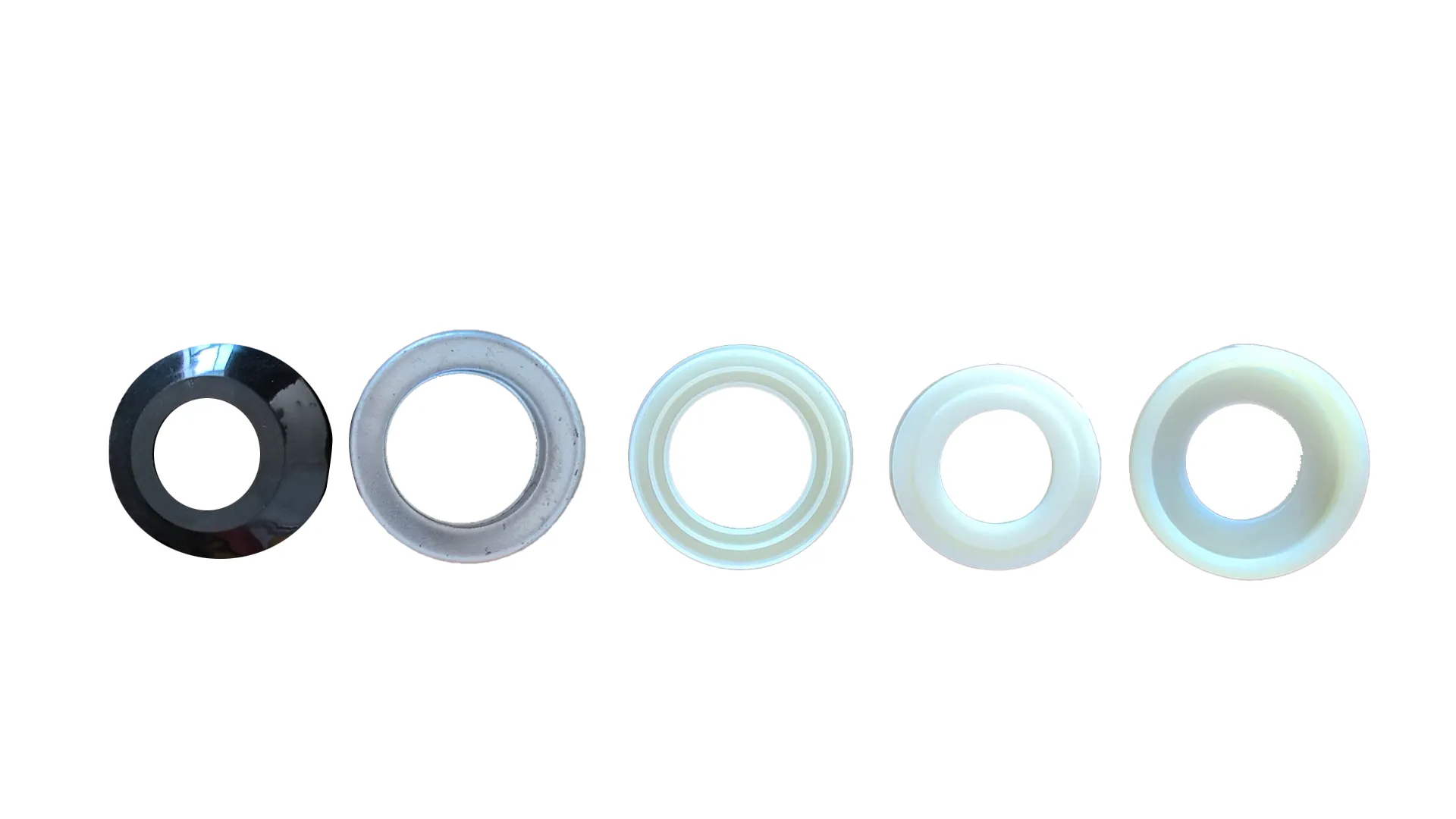 Afrikaans
Afrikaans  Albanian
Albanian  Amharic
Amharic  Arabic
Arabic  Armenian
Armenian  Azerbaijani
Azerbaijani  Basque
Basque  Belarusian
Belarusian  Bengali
Bengali  Bosnian
Bosnian  Bulgarian
Bulgarian  Catalan
Catalan  Cebuano
Cebuano  Corsican
Corsican  Croatian
Croatian  Czech
Czech  Danish
Danish  Dutch
Dutch  English
English  Esperanto
Esperanto  Estonian
Estonian  Finnish
Finnish  French
French  Frisian
Frisian  Galician
Galician  Georgian
Georgian  German
German  Greek
Greek  Gujarati
Gujarati  Haitian Creole
Haitian Creole  hausa
hausa  hawaiian
hawaiian  Hebrew
Hebrew  Hindi
Hindi  Miao
Miao  Hungarian
Hungarian  Icelandic
Icelandic  igbo
igbo  Indonesian
Indonesian  irish
irish  Italian
Italian  Japanese
Japanese  Javanese
Javanese  Kannada
Kannada  kazakh
kazakh  Khmer
Khmer  Rwandese
Rwandese  Korean
Korean  Kurdish
Kurdish  Kyrgyz
Kyrgyz  Lao
Lao  Latin
Latin  Latvian
Latvian  Lithuanian
Lithuanian  Luxembourgish
Luxembourgish  Macedonian
Macedonian  Malgashi
Malgashi  Malay
Malay  Malayalam
Malayalam  Maltese
Maltese  Maori
Maori  Marathi
Marathi  Mongolian
Mongolian  Myanmar
Myanmar  Nepali
Nepali  Norwegian
Norwegian  Norwegian
Norwegian  Occitan
Occitan  Pashto
Pashto  Persian
Persian  Polish
Polish  Portuguese
Portuguese  Punjabi
Punjabi  Romanian
Romanian  Russian
Russian  Samoan
Samoan  Scottish Gaelic
Scottish Gaelic  Serbian
Serbian  Sesotho
Sesotho  Shona
Shona  Sindhi
Sindhi  Sinhala
Sinhala  Slovak
Slovak  Slovenian
Slovenian  Somali
Somali  Spanish
Spanish  Sundanese
Sundanese  Swahili
Swahili  Swedish
Swedish  Tagalog
Tagalog  Tajik
Tajik  Tamil
Tamil  Tatar
Tatar  Telugu
Telugu  Thai
Thai  Turkish
Turkish  Turkmen
Turkmen  Ukrainian
Ukrainian  Urdu
Urdu  Uighur
Uighur  Uzbek
Uzbek  Vietnamese
Vietnamese  Welsh
Welsh  Bantu
Bantu  Yiddish
Yiddish  Yoruba
Yoruba  Zulu
Zulu Exploring the Benefits and Applications of Rubber Lagging on Conveyor Pulley Systems for Enhanced Performance
Rubber Lagging for Conveyor Pulleys Enhancing Performance and Durability
Conveyor systems are an integral part of modern material handling, facilitating the efficient transport of bulk materials across various industries, from mining to manufacturing. Central to the functionality of these systems are conveyor pulleys, which serve as crucial components that help drive and redirect the conveyor belt. To optimize the performance and longevity of these pulleys, rubber lagging is frequently employed. This article will explore the benefits of rubber lagging, its applications, and considerations for selection and maintenance.
What is Rubber Lagging?
Rubber lagging refers to the application of rubber coatings on the surface of conveyor pulleys. This coating acts as a protective layer that enhances the pulley’s surface grip, thereby improving the friction between the pulley and the conveyor belt. Rubber lagging is particularly effective in reducing slippage and wear, which are common challenges faced in conveyor operations.
Benefits of Rubber Lagging
1. Increased Traction One of the primary benefits of rubber lagging is its ability to increase traction. The rubber surface provides a rough texture that helps grip the conveyor belt more effectively. This is particularly important in applications involving steep inclines or heavy loads where slip can result in significant material loss or damage.
2. Wear Resistance Rubber lagging helps to protect the underlying metal of the pulley from wear and tear due to abrasion. The durable nature of rubber shields the pulley from the harsh conditions often encountered in bulk material handling, extending the life of both the pulley and the conveyor system as a whole.
3. Noise and Vibration Reduction Rubber has natural dampening properties that can reduce noise and vibration associated with the operation of conveyor systems. This not only creates a quieter working environment but can also minimize wear on other components of the conveyor system.
4. Corrosion Protection In environments where pulleys are exposed to moisture or corrosive materials, rubber lagging can provide an added layer of protection against corrosion. This is essential for maintaining the structural integrity and performance of the pulley over time.
5. Customization Rubber lagging can be customized in terms of thickness, texture, and rubber composition, allowing for tailored solutions to meet the specific needs of different applications. This versatility makes it suitable for various industries including mining, agriculture, and recycling.
rubber lagging for conveyor pulley

Applications
Rubber lagging is typically used in a range of conveyor systems, particularly in heavy-duty applications where the risk of slippage and wear is higher. Common sectors employing rubber lagging include
- Mining and Aggregates In these industries, robust and reliable conveyor systems are necessary for transporting heavy loads over long distances. Rubber lagging reduces the risk of slippage, making it an essential addition to conveyor pulleys.
- Food Processing In food processing applications, hygienic standards must be maintained. Special grades of rubber lagging are available that are compliant with food safety regulations.
- Quarrying and Cement Production The harsh environments in these sectors demand materials that can withstand extreme conditions. Rubber lagging provides durability and protection against abrasives.
Considerations for Selection and Maintenance
When selecting rubber lagging, several factors should be considered, including the type of material being transported, load capacity, and environmental conditions. Additionally, regular maintenance of the rubber lagging is crucial to ensure its longevity. This involves inspecting the lagging for signs of wear and tear, such as cracking or peeling, and replacing it when necessary.
Conclusion
In conclusion, rubber lagging is an essential enhancement for conveyor pulleys that significantly improves their performance and lifespan. By providing increased traction, wear resistance, and protection against environmental factors, rubber lagging plays a vital role in ensuring the efficient operation of conveyor systems across various industries. Investing in quality rubber lagging not only enhances productivity but also contributes to the overall reliability of the material handling process.
-
Wing Pulley Conveyor for Conveyor Belt MaintenanceNewsJun.16,2025
-
Self Cleaning Spiral Idler for Conveyor DesignNewsJun.16,2025
-
Pulley Lagging for Conveyor Belt AlignmentNewsJun.16,2025
-
Impact Idlers Used in Belt Conveyor for PerformanceNewsJun.16,2025
-
Ceramic Lagging Conveyor Pulley for Conveyor Belt SystemsNewsJun.16,2025
-
Belt Conveyor Idler for Heavy-Duty ApplicationsNewsJun.16,2025





























